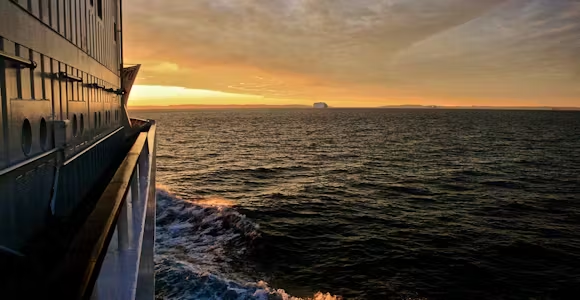
Northwest Passage Cruises
This labyrinthine waterway was long sought by early adventurers as a sea route linking the Northern Atlantic and Pacific Oceans. Canada's Arctic archipelago is therefore no …
Discover MoreSpecial Offers Available: Swoop has access to the widest range of offers and can help you find the right trip, cabin, & price.
Expert impartial advice at no extra cost: no-nonsense advice on 500 voyages across 25 ships
The Arctic Experts. No Compromises: there’s no question we can’t answer
The only B Corp certified Arctic specialist: so your adventures can be a force for good
A full concierge service, unlike booking direct: we leave nothing to chance in delivering your perfect trip
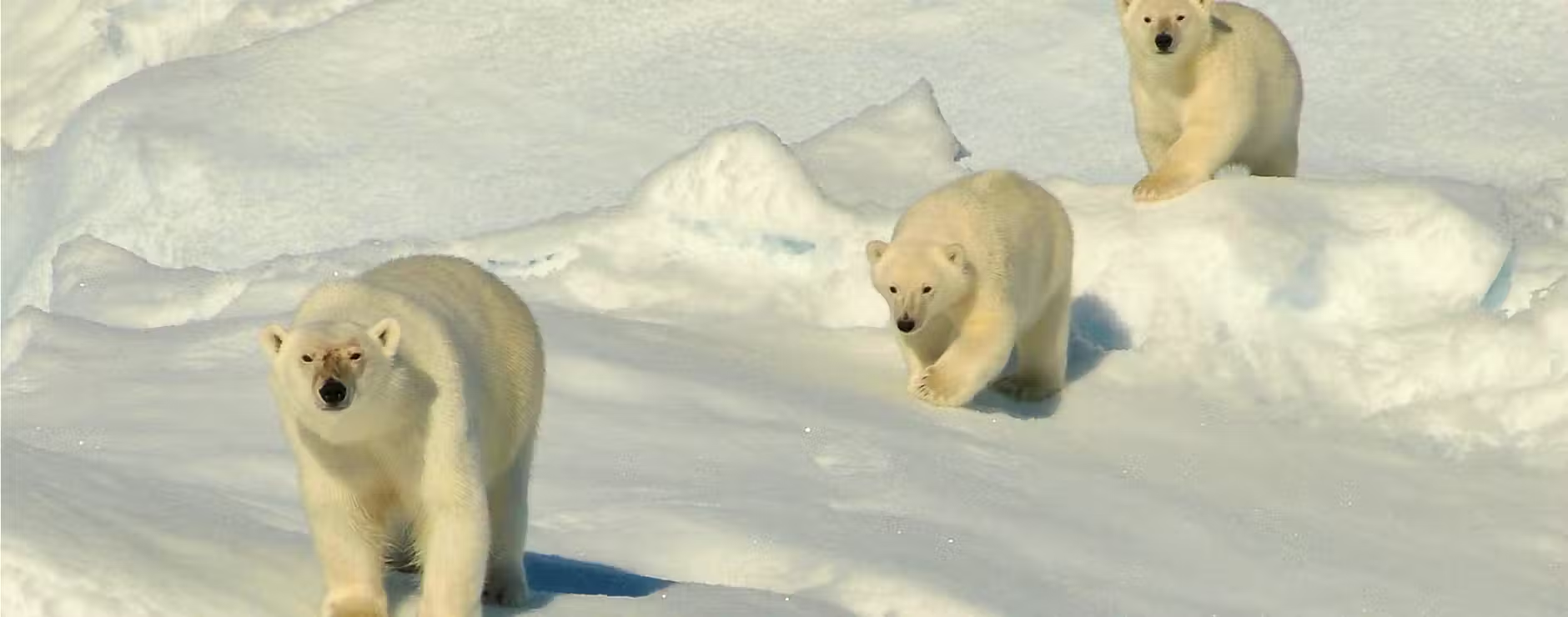
The Northwest Passage may well be known by it's dramatic history; but it's waterways and islands are also home to all of the 'Arctic Big Five'. You'll have the chance to see polar bears, musk ox, walrus, beluga and the elusive narwhal, alongside reindeer, seal, arctic fox, lemmings, and a wealth of birdlife.
Special Offers:Swoop has access to the widest range of offers and can help you find the right trip, cabin, & price.
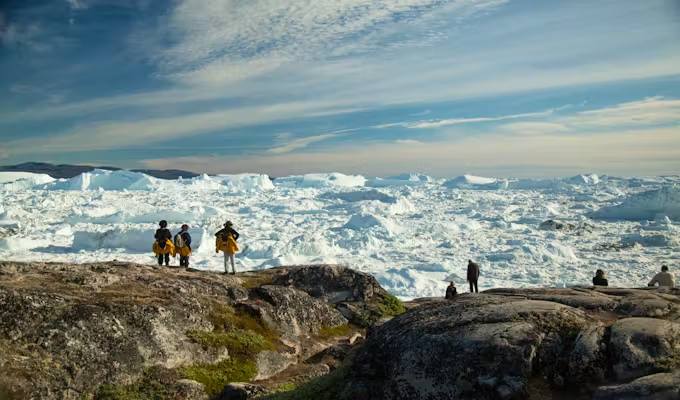
Spending time exploring Canada’s historic Northwest Passage and West Greenland, we like this voyage’s balance and variety as much as exploring little visited spots such as Thule, one of the northernmost towns in the world, and Smith Sound. Big ice,…
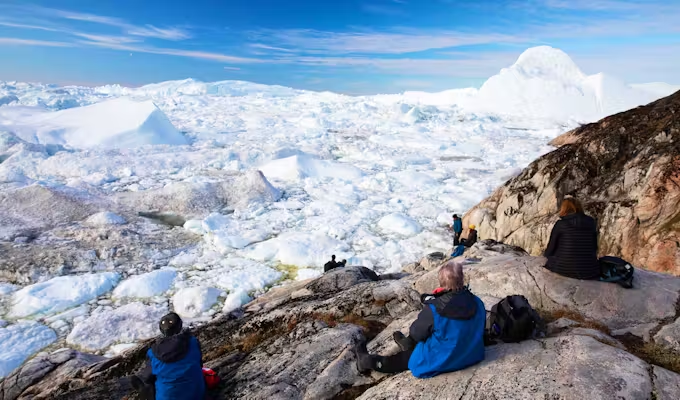
A full transit of the Northwest Passage is a truly epic undertaking, travelling in the footsteps of legendary explorers Amundsen, Franklin and Larsen. This voyage is distinguished by the small, nimble and comfortably appointed expedition ship you'll travel on, with…
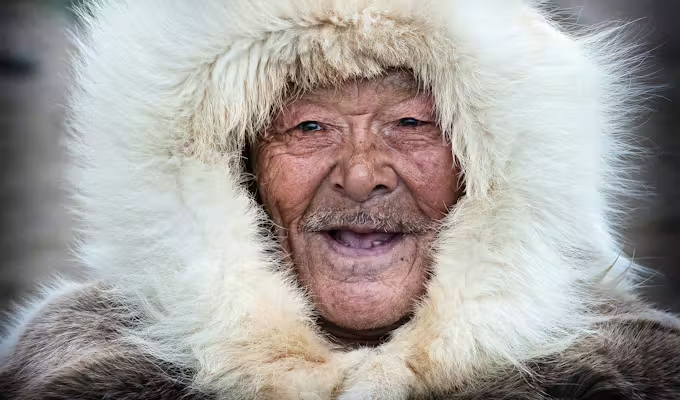
Traversing west to east this voyage takes you to iconic sites such as Cambridge Bay, Lancaster and Smith Sounds and Ellesmere Island, before exploring the fjords and towns of West Greenland. Bears, narwhal, musk ox, beluga and northern lights are…
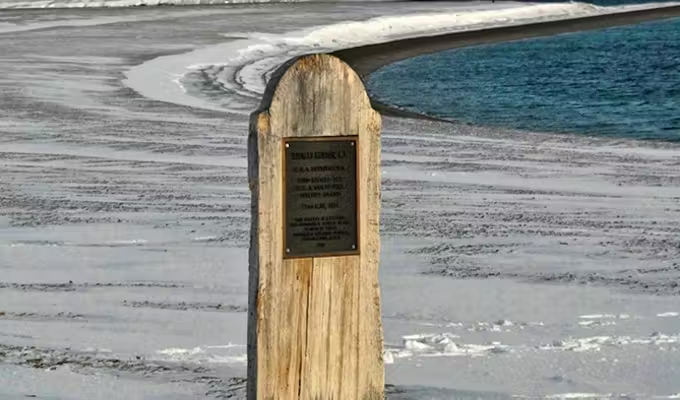
The big ice and small towns of West Greenland provide a stunning start to this trip before you sail across the Davis Straight to Baffin Island and enter the Northwest Passage. Blend history, scenery and wildlife; pay your respects at…
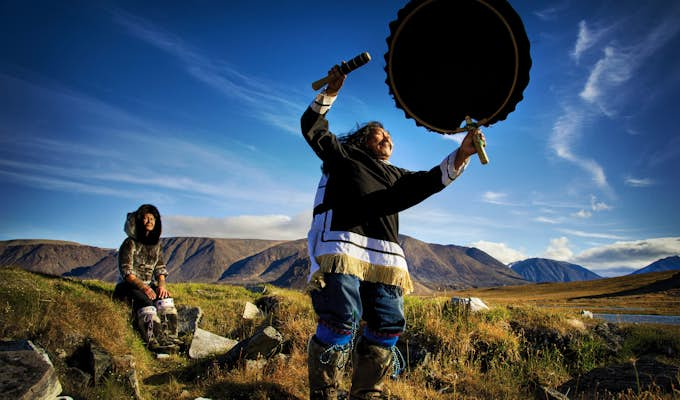
Visits to Canadian and Greenlandic communities Inuit history and culture are at the core of this journey, among those stops both Kinngait, the centre of Inuit Art and Nuuk, Greenland's capital are included. There's plenty of wildlife opportunities too with…

Only in 1956 did a ship complete an east to west transit of the Northwest Passage. The smoking cliffs of Cape Bathurst mark your entrance to an icy realm of wild beauty, staggering wildlife, culture and history. Explore the Passage…
The eastern entrance to the Northwest Passage, particularly in and around Lancaster Sound, is the summer home to one of Canada’s largest clusters of polar bears. They congregate here as the sea ice melts and are also attracted by migrating beluga whales and narwhal – popular prey and a veritable feast for a hungry bear.
Migrating with the whales in a southwest direction, by July and August polar bears can be found around Somerset and Prince of Wales Island. Then as autumn sets in and the ice starts to reform, bears retrace their steps back northeast towards Lancaster Sound and out into Davis Strait.
The best bear sightings are typically when they’re amongst ice where they feel safest; when on land they tend to move away quickly.
Well known places for polar bears include Coningham Bay, Lancaster Sound, Croker Bay and Bellot Strait.
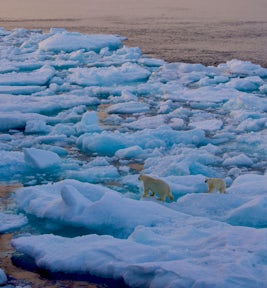
Although they resemble bison these rather strange looking animals are actually very large goats, weighing up to 900lbs. With impressive horns and enormous shaggy coats they are an iconic Arctic species that like to feed on the rolling tundra in small family groups. Their name is derived from the musky odour emitted by males to attract partners during the mating season.
Although the world population is estimated at just 150,000 about three quarters of musk oxen are to be found in the central Canadian Arctic and Greenland. In the Northwest Passage region, Devon, Victoria, Prince of Wales and King William Islands all provide good sighting opportunities, with one of the highest concentrations of these curious creatures to be found on Banks Island. They can swim, so could be present on any of the islands in the region.
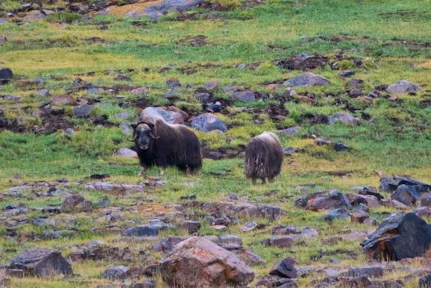
With its blubbery brown hide, long tusks and bushy whiskers, the walrus always makes an impressive and endearing sight. These creatures favour the shallow waters of bays and coves of the Northwest Passage where they dredge up large quantities of marine molluscs, shrimps, worms and crabs. Weighing up to a ton, they must consume about 6% of their own body weight in food every day.
Between meals they like to rest on land or ice, generally in large social groups called ‘haul outs’ where they bellow and snort at one another. Although these slightly comical creatures are rarely found to the west of Bellot Strait, they tend to be a frequent sight around the Devon and Bathurst Islands.
.jpg?auto=format,enhance,compress&fit=crop&crop=entropy,faces,focalpoint&w=0&h=288&q=60)
With its distinctive white skin, bulbous head and permanent fixed grin, the beluga whale is a delight to behold. Social, gregarious and playful, individuals and large pods will happily come close to ships, zodiacs and kayaks. Pods of up to 150 strong have been seen in these waters.
Concentrations of these whales can be found around glaciers and in shallow bays, with popular ‘hot spots’ along the Northwest Passage at Cunningham Inlet, Coningham Bay, Cornwallis Island and the northern coast of Somerset Island.
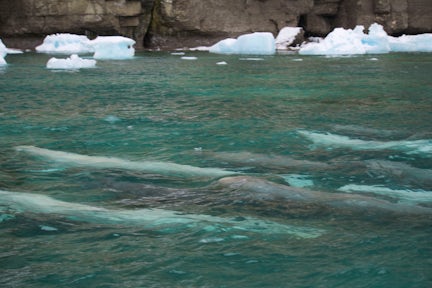
This rotund black whale, which grows to almost 60ft in length, is one of the few arctic species that remains in these waters year round. Once hunted for oil, meat and baleen, the Baffin Bay and Davis Strait population has recovered well, now numbering as many as 16,000 (three times that of the late 1970’s). They tend to be spotted alone, or in small pods of up to half a dozen members.
Research suggests that bowhead whales are the longest-lived mammal on earth with a lifespan of up to 200 years. One whale was recently discovered to have a 130 year old harpoon imbedded in it’s neck! They also boast the largest mouth of any creature on earth, which they use to scoop up and filter huge quantities of plankton.
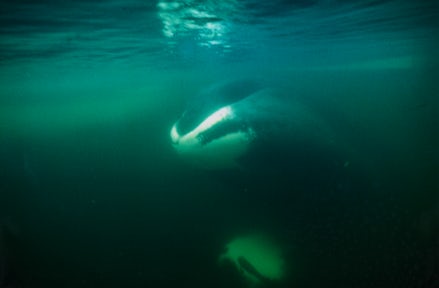
In the Arctic, patience, sharp eyes, and knowing where to look all play their part. The search and anticipation are a key part of the experience.
This medium-sized whale is remarkable for its single long tusk which can grow to an excess of two metres - a feature that has secured it a special place in mythology. Some believed the tusk to be a unicorn horn complete with magical powers. This air of mystery is heightened by the fact that the narwhal is incredibly shy (even being spooked by air bubbles from scuba divers). Only occasionally spotted from ships, it is most commonly sighted at the edge of ice floes.
The north coast of Baffin Island and the Lancaster Sound area represents some of the best places in the world in which to see narwhal.

This region is a bird watcher’s paradise as countless species - and literally millions of birds - nest and hatch their young here every summer. The list is extensive, from ptarmigans, guillemots, puffins, auks and terns to kittiwakes, fulmars, eider ducks and the arctic skuas. The limestone cliffs of Prince Leopold Island host 400,000 birds, including 100,000 pairs of thick-billed murres, while Bylot Island provides nesting habitats for a staggering 74 bird species.
Bird cliffs are also attractive to opportunistic predators – from polar bears and arctic fox to gyrfalcons and snowy owls. Keen birders should note that by September, with temperatures dropping, the majority of the migratory birds have departed south for warmer climes.
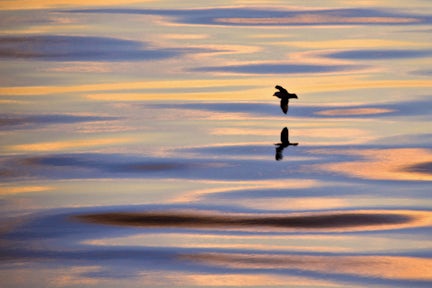
Yes, every expedition ship has very knowledgeable naturalists onboard who provide both lectures as well as accompanying you on all landings - answering your questioning, pointing out wildlife and explaining animal behaviour.
As with wildlife anywhere there aren’t any guarantees, however you’ve got some of the best chances of spotting polar bears here than in almost any other part of the Arctic. The population is healthy and they tend to congregate close to plentiful food sources, which increases the chances of successful sightings.
Expeditions which have seen up to 40 bears in a single voyage while not common have been known in recent years.
The twin main focuses on any Northwest Passage trip will be the wildlife and history of the region. Throughout your voyage, expedition staff will be on constant lookout for wildlife and the day’s schedule is purposely flexible to make the most of any encounters.
Plus, along with visits to places of historic interest and local communities, your itinerary is planned around including visits to a number of the known wildlife ‘hotspots’.
Expedition cruises of the Northwest Passage are only available during August and September each summer, when the ice is at its point of furthest recession.
Arguably July and August are the best months for wildlife in the Northwest Passage, when all species are making the most of the short summer, but September can be excellent for sightings as well.
Discover more about when to go to the Northwest Passage.
With prices starting from around USD $9,600 per person, these aren’t budget trips due to the logistical challenges of travelling in such a remote area, the distances covered and the overall duration of each trip.
You also need to factor in on top of the actual voyage cost that there’s an additional mandatory charter flight package which can add on USD $1,500 - $2,500 per person, depending on the routing.
Find out more about Northwest Passage Cruises.

This labyrinthine waterway was long sought by early adventurers as a sea route linking the Northern Atlantic and Pacific Oceans. Canada's Arctic archipelago is therefore no …
Discover More
The Northwest Passage, a beautiful and sparsely populated labyrinth of islands stretching from the Atlantic to the Pacific Ocean. Vast distances and limited transport means joining…
Discover More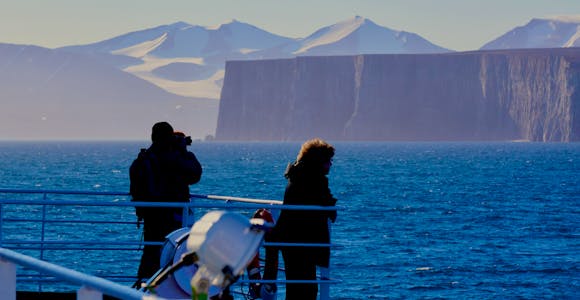
There’s very good reason why the Northwest Passage is only open to visitors from July to September: it's the only time average temperatures are above freezing, and the ice has …
Discover More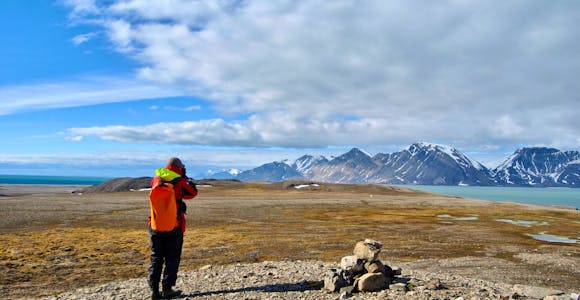
We're all clear on where the Arctic is located and why we want to visit, but its vastness and the sheer variety of experiences on offer can be a real challenge when deciding where …
Discover MoreWe'll spend some time listening to your aspirations, then discuss the kind of experience that might suit you.
Next we'll discuss the options, shortlist the best trips for you and present you our impartial recommendations.
We'll place a 24 hour hold on your preferred option - without obligation - whilst we talk through the details.
This website uses cookies to ensure you get the best experience on our website. Privacy policy
We don’t charge a commission and there are no hidden fees. Just impartial, expert advice from the leading Polar cruise agent. Schedule a call with our Arctic Experts today.